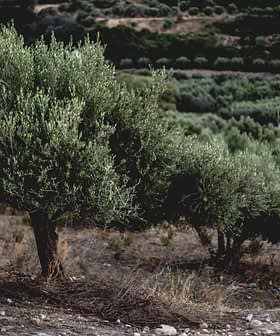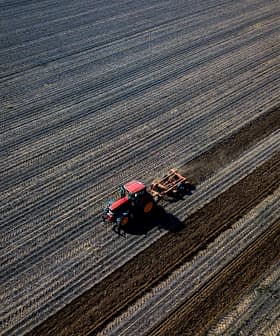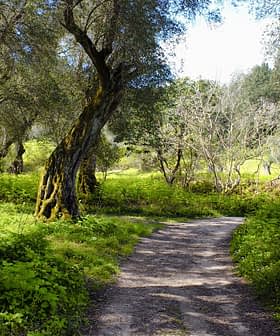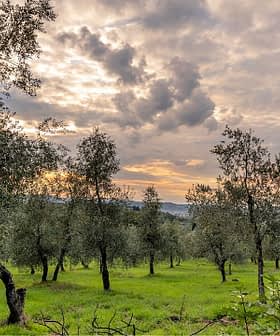
According to a study published in the Proceedings of the National Academy of Sciences, in less than forty years, three-quarters of the wine producing areas on Earth will not be suitable for vine farming due to the effects of climate change. In the Mediterranean region where the climate change impact is expected to be heavy, vineyard areas may shrink up to 68 percent and similar reductions are anticipated for Australia, Chile, South Africa and California.
The study predicts that soon enough those vineyards will move to other territories that will have the conditions to grow the grapes, like northern Europe, northwestern America and areas of central China.
Similarly, the weather alterations could heavily affect olive oil producing areas, especially in the Mediterranean basin. Olive trees are tougher than vines and can thrive on many different terrains and under various weather conditions. They give olive oil with little effort and care throughout the year, often without much watering. This is why countries like India, Libya and Australia are planting more olive trees; it is relatively easy to grow them and they can yield a profit. In India for example, olive trees can be three times more profitable than wheat.
Nevertheless, with the weather becoming warmer and warmer, olive groves on high hills or slopes will probably suffer less, but groves located on low altitude areas or plains could become totally unproductive. There are already signs of the oncoming change, with this year’s harvest in Spain crippled by the drought and the phenomenal weather variations.
So as the southern territories of Europe become warmer will they still be able to retain their olive trees? Will olive oils produced there carry the same attributes and be of the same quality as they do today? Will northern areas step into their shoes and be the olive oil producers of the near future?
Either way, getting a high quality olive oil requires that several different factors are present at the same time: good trees, mild weather, and proper farming. Also the ground morphology and the moisture levels of the area play an important role in shaping the oil characteristics.
However, European olive oils in fifty years from now could be very different in terms of their qualities and organoleptic characteristics, and also of their places of origin. Emerging players of the industry like China and India with vast lands for cultivating olive trees could challenge European producers, let alone if they find an unexpected ally in the rapidly changing weather. Traditional olive oil powerhouses such as Spain, Italy and Greece take note; change is on the way.








